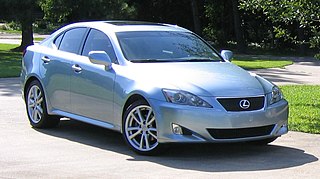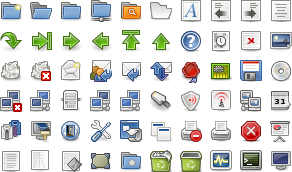 W
WA flipped image or reversed image, the more formal term, is a static or moving image that is generated by a mirror-reversal of an original across a horizontal axis. Many printmaking techniques produce images where the printed copy is reversed from the image made on the printing plate, so in a print copying another image, or a real scene or object, unless the artist deliberately creates the plate as a mirror-image of his subject, the finished print will be a mirror image of it. Many print makers developed the skill of reversing images when making printing plates, but many prints, especially early ones, have images that are reversed.
 W
WIn photography and graphic arts a flopped image is a technical term for a static or moving image that is generated by a mirror-reversal of an original image across a vertical axis. This is opposed to a flipped image, which means an image reversed across a horizontal axis. Flopping can be used to improve the subjective aesthetic appeal of the image in question.
 W
WLazPaint is a free and open-source cross-platform lightweight image editor with raster and vectorial layers created with Lazarus. The software aims at being simpler than GIMP, is an alternative to Paint.NET and is also similar to Paintbrush.
 W
WIn graphics, a line can be described as a single point that continues for a distance, or as the connection between two points. The purpose of a line in graphics is to help the artist to communicate to the viewers what it is they are supposed to be seeing or taking notice of. Line is one of the main components of design including principles such as shape, color, texture, value, perspective, and form. Lines can appear in many different forms some examples may be straight, curved, continuous, dotted, thick, thin, real and implied. Line can be used to create structure and tone in illustrations and other artworks.
 W
WMotion graphic design, also known as motion design, is a subset of graphic design in that it uses graphic design principles in a filmmaking or video production context through the use of animation or filmic techniques. Examples include the kinetic typography and graphics used in film and television opening sequences, and the spinning, three-dimensional station identification logos of some television channels. This art form has been around for decades, and has advanced in technical sophistication over time.
 W
WNeoPaint is a raster graphics editor for Windows and MS-DOS. It supports several file formats including JPEG, GIF, BMP, PNG, and TIFF. The developer, NeoSoft, advertises NeoPaint as "being simple enough for use by children while remaining powerful enough for the purposes of advanced image editing".
 W
WPaint.net is a freeware raster graphics editor program for Microsoft Windows, developed on the .NET Framework. Paint.net was originally created by Rick Brewster as a Washington State University student project, and has evolved from a simple replacement for the Microsoft Paint program into a program for editing mainly graphics, with support for plugins.
 W
WSee-through graphics can be added to glass or other transparent panels to provide advertising, branding, architectural expression, one-way privacy and solar control.
 W
WThe Tango Desktop Project was an open-source initiative to create a set of design guidelines and to provide a consistent user experience for applications on desktop environments. The project created a set of icons known as the Tango Icon Library and that were described as a "proof of concept". The Tango Desktop Project was a project of freedesktop.org, and was closely linked with other freedesktop.org guidelines, such as the Standard Icon Theming Specification.